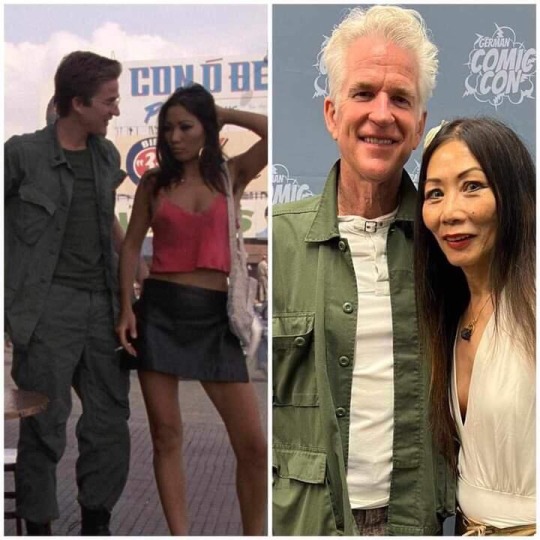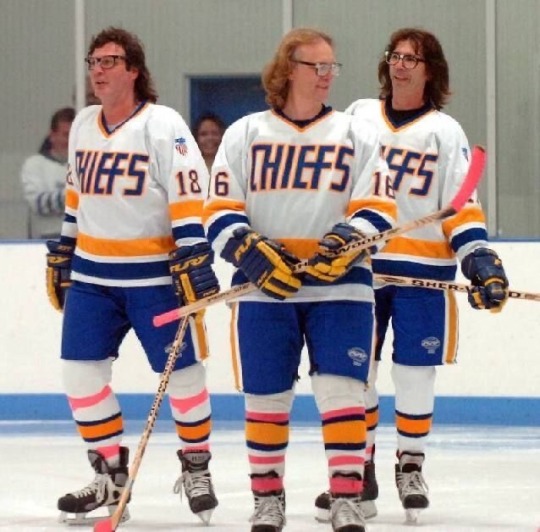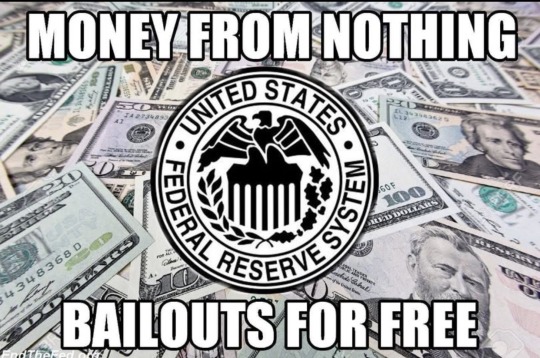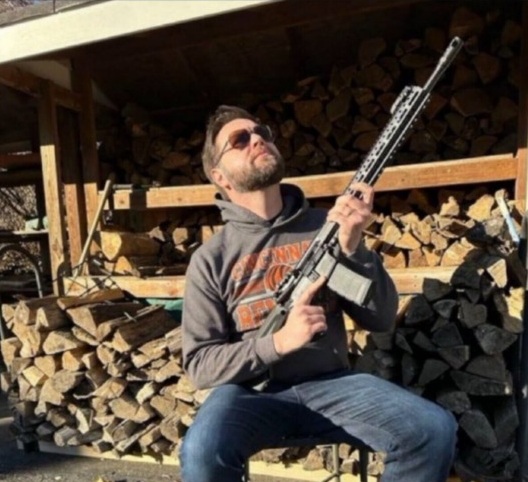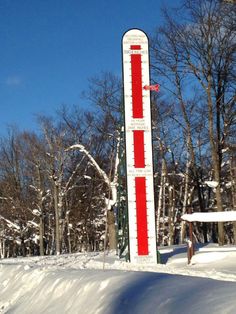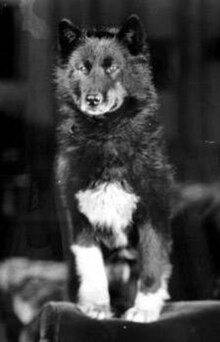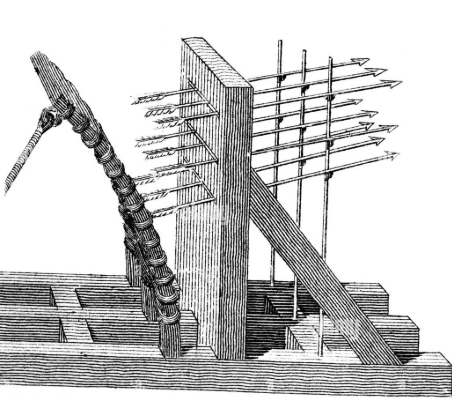Featured Image: Detail, Congress Voting Independence. The engraving called Congress Voting Independence is the most accurate image of the Assembly Room of Independence Hall during the Revolutionary War era. Artist Robert Edge Pine began his oil painting in 1784 but died before completing the work. Painter and engraver Edward Savage finished the work but died before completing the engraving.
General Gage and some 3,000 troops of the Army returned to garrison the city of Boston in the early summer of 1774. On September 1, 1774, General Thomas Gage orders the confiscation of powder and arms from a magazine near Boston. A rumor that bloodshed occurred at the time brought a large number of patriots toward Boston. The rumor proved to be false, but the militia continued to gather arms and ammunition in rural Massachusetts.
The British government declared the colony to be in a state of rebellion in February of 1775. British spies continued to ferret out colonial military stores around the colony. General Gage received orders to confiscate the arms and ammunition and arrest several prominent patriot leaders. Patriot leader Doctor Joseph Warren dispatched Paul Revere, William Dawes and Samuel Prescott to warn of the coming confiscation raid on the night of April 18, 1775.





Approximately 700 hundred British Troops under the command of Lieutenant Colonel Francis Smith began a night march towards Concord where the military stores were hidden. Doctor Warren’s messengers alerted the countryside, Samuel Adams, John Hancock and other patriot leaders escaped the British as they approached Lexington.
Under 80 militia men under the command of Captain John Parker were spread across Lexington Green as the sun was rising on the morning of April 19, 1775 to confront the British advance force under the command of Major John Pitcairn. Captain Parker commanded his men to, “Stand your ground, don’t fire unless fired upon, but if they mean to have a war, let it begin here.” Where the first shot came from is still debated, but 8 militia men lay dead while the British force had one man slightly wounded.


Colonel Smith ordered the march to continue to Concord where according to information the stores were hidden. The British troops were fired on before they could destroy all the military stores the patriots had hidden in the surrounding area. The forced march back to Lexington became a nightmare for the British as the minute men used tactics that denied the British the chance to form up and charge as they were trained. Upon reaching Lexington, a rescue force of approximately 1,700 arrived from Boston under the command of General Earl Percy. The entire force was then forced to retreat under continuous fire from the patriots.
Charges of atrocities were exchanged by both sides, the patriots claiming that homes were burned for no reason whereas the British claimed they burned homes when they were fired upon. Claim and counter claim of cruelty and murder, of robbery and rape, many of these claims could not be proven to either sides satisfaction.
When the British reached safety, they found that the patriots had sealed them within the confines of Boston and its harbor. As hundreds of patriots arrived, the British realized the siege of Boston had begun; it would continue until March of 1776.
On May 10, 1775, Ethan Allen and Benedict Arnold captured the Fort of Ticonderoga and the Fort at Crown Point the next day.
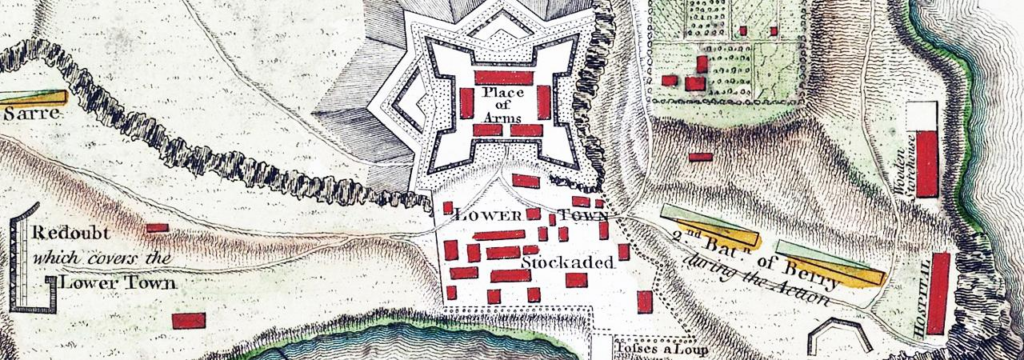
In May of 1775, the Second Continental Congress was convened, the New England troops around Boston were adopted as the Continental Army. General Washington was confirmed as Commander in Chief of the Continental Army in June. Before Washington could reach Massachusetts, the Battle of Breed’s Hill had been fought and Doctor Joseph Warren would perish in the battle. The British won the battle but at a terrible cost, one that would haunt the British throughout the entire war as many Junior Officers and Non-Commissioned officers were killed in the carnage on Breed’s Hill.
Washington had grave doubts about the siege of Boston due to the lack of heavy guns to confront the British Army. Colonel Henry Knox was assigned the task of bringing the artillery from Fort Ticonderoga to Washington’s headquarters at Cambridge November 16. 1775. Knox would prove his worth to Washington when he arrived back at Washington’s headquarters with 60 tons of artillery and ammunition, thereby facilitating Washington’s effort to drive the British from Boston in March of 1776; thus ending the siege of Boston by fortifying Dorchester Heights above Boston Harbor with the guns from Fort Ticonderoga.
Two assumptions by the British military said that the Americans would “run” at the sight of British troops and that numerous Tories would come to the aid of the British Army, Neither calculation was correct as the Americans did not run and the loyalists did not come to the aid of Britain. These errors of judgment would prove very costly to the British Empire.







